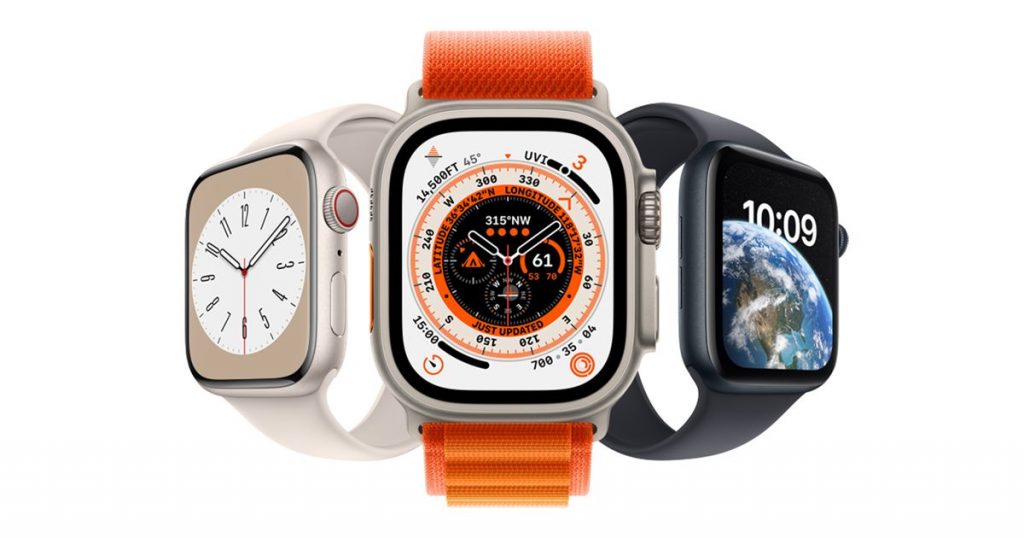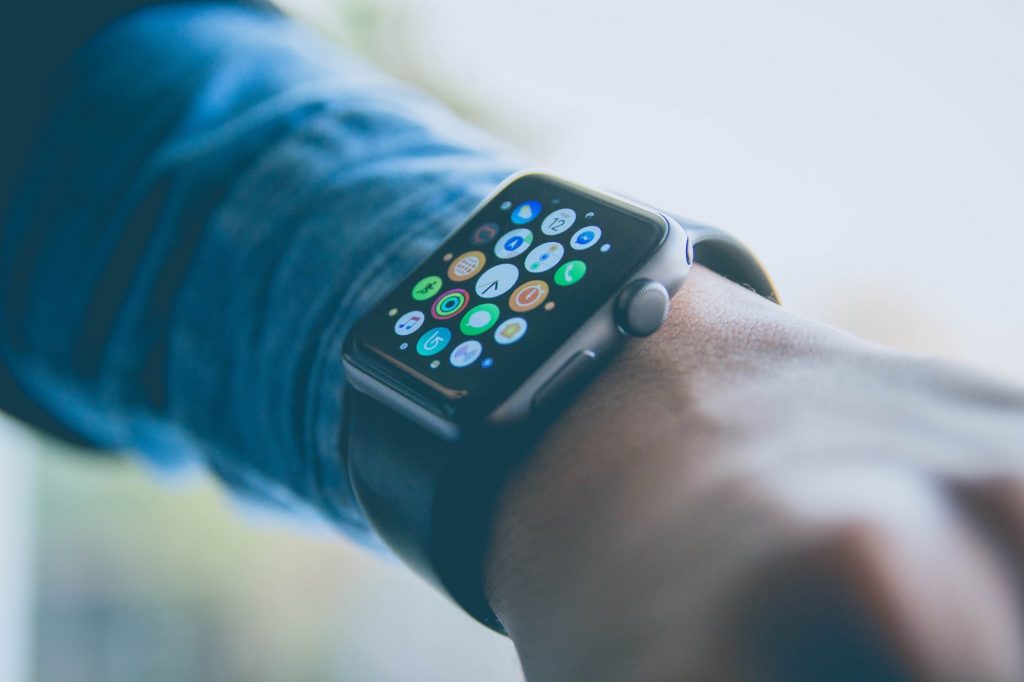Although it’s hard to imagine, Apple unveiled the Apple Watch more than seven years ago. In April 2015, the smartwatch and fitness tracker was initially unveiled. Since then, Apple has changed its emphasis on the Watch, which has resulted in it becoming the most well-liked wristwatch worldwide.
It could be difficult to picture living without the Apple Watch because it is such a helpful gadget. The Apple Watch still has a shelf life even though it is a very sturdy product with excellent support. So, for how long do Apple Watches last? In this article, we are going to discuss that. With no further ado, let’s get started!

How Long Do Apple Watches Last
It’s not entirely clear how long an Apple Watch lasts, but it can last up to three years. This is so because there are two perspectives on this.
First, consider this issue from the standpoint of a software update. What should be asked in this situation is, “How long does an Apple Watch receive software upgrades?”
It’s reasonable to consider an Apple Watch outdated and needs an upgrade when it stops receiving watchOS upgrades.
However, the second way to approach how long an Apple Watch lasts is to consider how long the gadget will continue to function, running whichever most recent OS it was capable of until the hardware inside it fails. Thus, let’s look at the factors that might affect the device’s lifespan.
Read more: Why Is My Apple Watch Dying So Fast?
Factors Deciding the Lifespan of the Apple Watch
Charging habits
How you utilize your Apple Watch is the first factor that affects the device. You can anticipate your Apple Watch to last up to three years on its present battery if you use and charge it continuously. It might be able to survive longer than the predicted three years if you use it sparingly.
Type of Apple Watch
The type of Apple Watch you own is the second factor that can impact how long it lasts. If you have a more recent Apple Watch, it will survive longer thanks to improved technology. This is because it will have superior battery-saving technology and better liquid and water resistance.
Because it does not have the same technology, an earlier Apple Watch might not last as long, and if it had spent several years in a warehouse, the battery might have deteriorated.
Kinds of exposure
The watch’s internal technology can be damaged by fluids and liquids. Your watch might not last the anticipated three years if it is frequently exposed to water and other liquids.
Software updates
We must consider which Apple Watch models no longer receive watchOS updates before we can answer the question of how long an Apple Watch is supported. In this instance, watchOS updates no longer support the first 10 Apple Watches and Apple Watch Series 1 and Series 2.
Thus, the first 10 Apple Watches were supported for three years and four months (up to watchOS 4.32). On the other hand, watchOS 6.3, or a maximum of four years, and eight months of support, was offered for the Apple Watch Series 1 and Series 2.
Software upgrades are still available for Apple Watch Series 4 and later. Since Series 4 was released in September 2018, it is still being supported three years after its debut.
It will probably also be supported for a later version of watchOS, extending the total time that the software will be supported to four years.
Read More: How to Share Activity on Apple Watch

How to Extend the Lifespan of Apple Watch
Now that it’s clear how long Apple Watches last, let’s learn how to increase their age. Battery deterioration and screen degradation pose the greatest threats to an Apple Watch’s longevity. Although both can be fixed, the cost might make the owner consider buying the most recent model.
Fortunately, there are very simple ways to safeguard the Apple Watch and extend its lifespan for several years, possibly up until the time when watchOS upgrades are no longer available for it. So, let’s take a look at some of the options.
Screen protection
Screen protection is really simple and affordable. Screen protectors are inexpensive, hardly detectable, and protect from scratches easily acquired via dust.
Even though an Apple Watch features sapphire glass, using a screen protector is a simple method to maintain the display’s amazing looks and prolong the lifespan of any potential issues.
Related: Does Apple Watch Need Screen Protector?
Charging correctly
Though unavoidable, battery aging can be delayed down. Each discharge cycle and recharge reduces longevity, but maintaining a full or very low charge is significantly more harmful.
Lithium batteries prefer to stay in the mid-range, so it’s recommended to charge an Apple Watch to 50% before turning it off when keeping it in storage for an extended period.
Make sure Optimized Charging is turned on when in regular use. Under “Battery Health” in the “Settings” app, this option is activated by default. As a result, the Apple Watch can stay between 75 and 80% charged when left on the charger overnight.
The Apple Watch will start charging again in time to reach 100% before it is required once more. It should be simple to enjoy several years of trouble-free use from an Apple Watch by safeguarding the battery and the screen.
Use a case
Lastly, here’s some straightforward advice: use a case! Your Apple Watch is prone to harm, just like your iPhone. Its lifespan will inevitably be shortened by knocking it against walls, dropping it, scratching the screen, and being exposed to the elements.
Conclusion
This is it! Thus, how long do Apple Watches last? Before its performance dramatically deteriorates and the battery needs to be replaced, an Apple Watch lasts roughly three years.
Most consumers will want to replace their Apple Watch after five years, whether or not it still functions.
The Apple Watch should, in principle, last longer than that, but how well you care for your gadget will determine how long it will last.